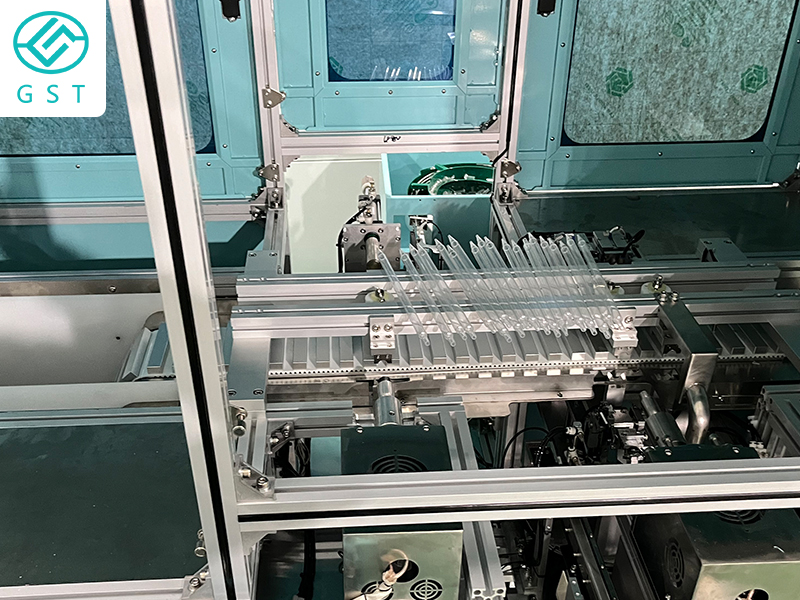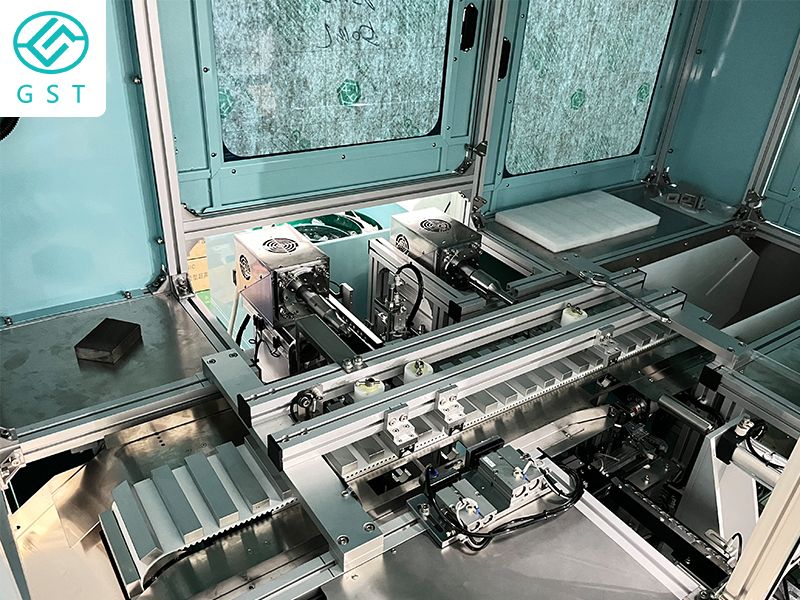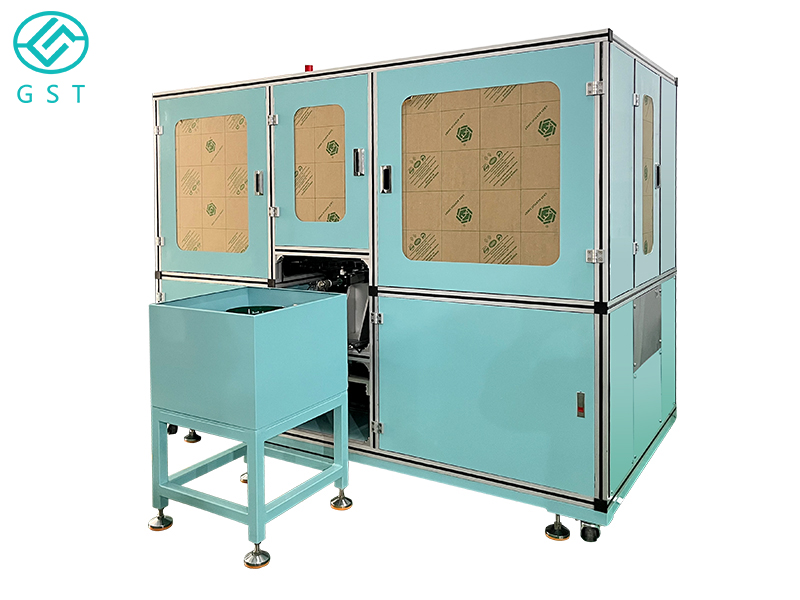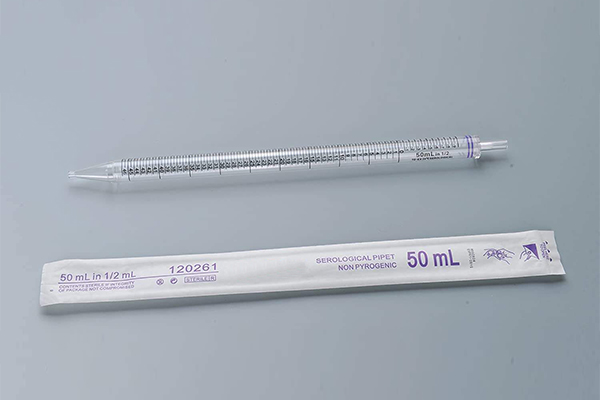Release Date:2023-04-23 10:31:24 Popularity:
The ultrasonic plastic welding used by Guanshentai pipette ultrasonic welding machine manufacturer uses high-frequency ultrasonic vibration to precisely seal two thermoplastic materials in sub-second time. Under the high-frequency sound wave pressure, the entire part connection process is realized in less than 0.2 seconds.

Ultrasonic high-frequency vibrations are transmitted to surfaces that are in direct contact with plastic parts. Because the boundary of the welding area has a large acoustic impedance, a high temperature will be generated in a short time. Thermoplastics are very poor conductors of heat and have difficulty dissipating heat from themselves before changing the plastic's state from solid to liquid. When pressure is applied, it causes the two parts to blend together as if they were one. Once the ultrasonic signal stops, the part will harden again. After welding, there is a clean and strong weld between the two parts. The strength of the weld is close to the strength of the raw material formed in the weld.
1. Working principle
The working principle of ultrasonic welding is to apply high-frequency vibrations of 15 to 70 kHz to two plastic parts, and the high-frequency vibrations can vary with the specific welding application. This vibration is produced by using piezoelectric ceramics in the transducer, which convert electrical signals into mechanical motion. The transducer generates vertical vibrations, which are then transmitted through the horn and subsequently the ultrasonic tool head. In plastic welding, the sonotrode is usually designed to contact the part directly above the weld area so that vibrations can be transmitted through the upper part to the weld area.
Ultrasonic high-frequency vibration will produce periodic strain in the welding area, thereby generating heat, so that the two plastic parts will be melted and welded in some areas. Since ultrasonic vibrations act on the entire welding surface, energy directors are often added to control melting and reduce the amplitude needed to achieve the weld.

2. Advantages of ultrasonic welding
Fast: One of the advantages of ultrasonic welding is high speed, and the welding time is roughly between 1 and 3 seconds.
High strength: Ultrasonic welding can withstand sufficient tension, and the strength of welding can be properly adjusted according to the welding material.
Good welding effect: Ultrasonic welding has excellent welding effect, because it is sonic welding, so the plastic parts will not be burned and blackened during the welding process.
Welding costs are lower: Ultrasonic welding does not require glue, solvents, adhesives, mechanical fasteners, less labor, and lower costs.
3. Ultrasonic welding skills
Part design: The most critical aspects of ultrasonic welding part design are part geometry and joint style. For example, if an airtight seal is critical to product performance, consider using a tongue-and-groove joint rather than a chisel or other joint. Adding texturing, or "energy directors," to the part surface can further improve joint reliability and the quality of manufactured parts.

Material selection: Ultrasonic welding can be used with a variety of thermoplastics, but they are not compatible with each other or with the process, so choose carefully. Once you have selected the type of material for your part design, make sure your supply chain can consistently manufacture (eg, injection mold) parts with tight tolerances. If there is a need to change or change the material, it is best to re-evaluate the process with the help of a professional, as it may be necessary to change welding parameters or even change equipment. Since weld quality and strength are closely related to part design and materials, realize that even small changes can have a major impact on the joining process.
Drive technology: Make the correct drive technology selection according to the specific production goals and budget of plastic welding. This option is especially important for medical or electronics manufacturers whose product designs use delicate or small components that require high regulatory and traceability requirements. Conventional pneumatic actuation techniques rely on high levels of downforce to actuate the welding process and can be too robust for thin-walled or fragile parts. They needed a technology that could provide more sensitive resolution at low levels of actuation and welding forces.
Equipment adaptability: In order to keep up with the ever-evolving production requirements, a welding machine with modularization and adaptability can be selected. Emphasis on modular systems with short lead times that can be operated manually on a benchtop or fully automated when increased production speed is required. Simple and intuitive controls are needed that can establish and maintain consistent process quality, automatically make adjustments to manage minor variations, and collect the required part and traceability data.

Ultrasonic plastic welding machines can easily perform tasks such as inserting, stud welding, fusing, degreasing and spot welding thermoplastics. It can laminate, cut and seal thermoplastic fabrics and films. Stud welding, welding, degreasing and spot welding thermoplastics is easily done with ultrasonic plastic welding machines. In ultrasonic plastic welding, it is necessary to select appropriate welding tools and use welding skills for welding.